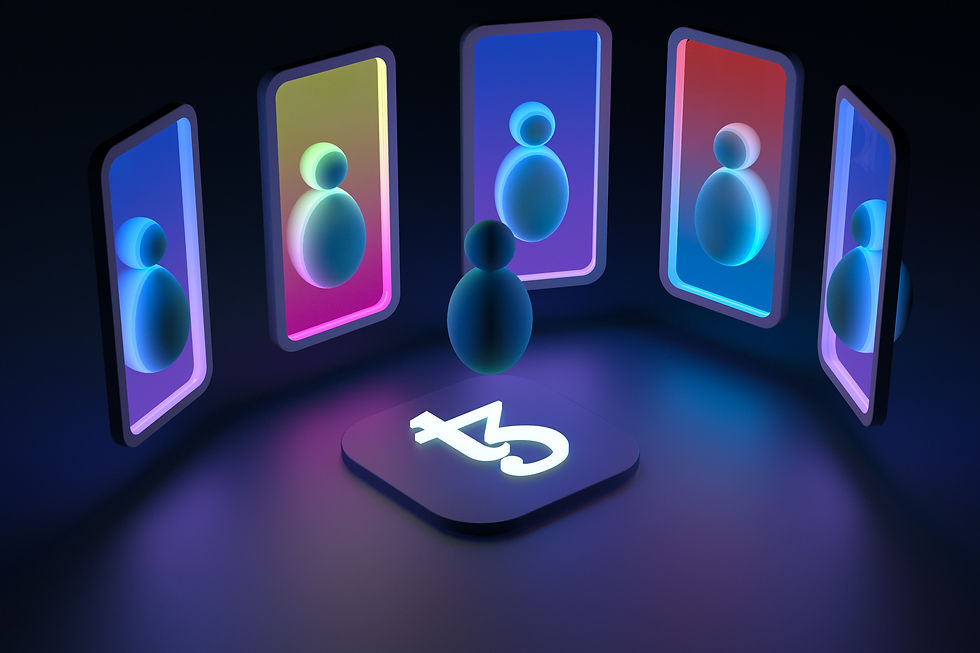Meet DIA’s xFloor: Connecting DeFi with NFTs
- Michael Paulyn
- Jul 29, 2022
- 2 min read
Updated: Aug 11, 2022
We've all seen an NFT that looks like a second grader's macaroni art go for millions of dollars. But with xFloor, that's a thing of the past; with this incredible software, NFTs can accurately and reasonably be priced; nothing crazy here. Read on for a little more on xFloor and its inner workings.

Say Hello to DIA xFloor: Connecting DeFi & NFTs
The difference in xFloor's case is that it harnesses the power of smart contracts, resulting in a revolutionary data process method. As a cutting-edge piece of software, xFloor can verify the price of an NFT. By increasing price transparency for NFT data sourcing, xFloor is genuinely creating a buzz in NFT marketplaces and amongst digital creators everywhere.

It's important to note that xFloor can seamlessly keep records of every blockchain transaction and quickly retrieve any piece of data, leading to better record keeping and transparency. Lastly, DIA can apply an "outlier detection" filter, which sifts through all NFT floor prices and develops a custom price based on demand.
How it Works: A Little More on xFloor
First, xFloor's floor price represents its lowest, the bottom-of-the-barrel entry price for any NFT collection pieces. Since its creation, xFloor has become one of the most used metrics to determine a proper valuation of different digital art pieces for investors, creators, and collectors.

All smart contracts arrive via API. From there, DIA's xFloor produces the assets smart contract with pricing done in real-time, containing all specifics on the NFT collection item. In the end, the result is that all NFT price info lands on-chain and becomes way more trustworthy, and Web3 project creators can now combine NFTs into the DeFi infrastructure, allowing further mass adoption of this tech.
The Back Story on DIA DATA
As an industry leader in multi-chain, end-to-end, open-source data, and oracle platforms for Web3, DIA's become synonymous with the blockchain world. From changing things up by enabling crowd-sourcing, validation, and on top of that, allowing for the exchange of verified data feeds for different asset prices and metaverse data.

With higher levels of transparency, DIA's changing the name of the game forever. At the same time, DIA is working on developing a presence for being sourced at a trade level. What this means for DIA is that with the help of various on-chain and off-chain sources, DIA will likely be readily available for developers on any 1- or 2-layer networks.

Hungry for more? Join me each week, where I'll break down complex topics and dissect the latest news within the cybersecurity industry and blockchain ecosystem, simplifying the world of tech.





Comments